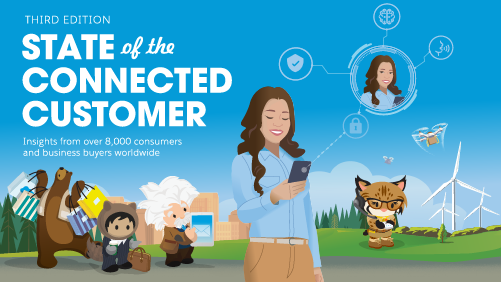What is a Customer Engagement Score?
Learn what a customer engagement score is — and how to calculate it.
At its core, a customer engagement score is a single number that measures how engaged your customers and free trial prospects are. Each customer has their own score, based on their activity and usage of your products and services. The higher the score, the healthier and happier the customer.
When you group customers into segments (by demographics, product, account owner, etc.), you can use customer engagement scores to see how each segment is performing compared to other segments, and identify at-risk customers within those segments. The score can also be used to estimate how likely your customers are to renew, upgrade, and purchase additional products. If you have a free trial product, customer engagement scores are a great way to estimate likelihood of closing.
Calculating customer engagement score
To calculate a customer engagement score, begin with inputs — such as frequency of usage, depth of usage, specific actions taken, clickstream information, and key performance indicators. Combining all these inputs gives you a single number representing the sum total of your customer’s health, success, and engagement.
One key benefit is that a customer engagement score allows you to look at just one number, instead of many different data points, and immediately measure a customer’s interactions with your company. It also makes it very easy to see the impact of customer marketing, engagement, and success programs, as well as onboarding and free trial strategies.
For example, if you improve your documentation and support site, you can monitor how fast your customer engagement score rises or falls in the first few months for new customers and compare it to trends from customers who purchased prior to the change. Through this comparison, it is very easy to see if the changes had a positive or negative impact — and what the magnitude of the impact was.
Using customer engagement scores for segmentation
You can also segment your customers and free trial users by their score. For example, you can create segments of customers with a score from 80-100 that historically renew at a very high rate, 40-80 renew at a 50% rate, and 1-40 have a very low renewal rate.
Using these segments, you can then ask your customer success or account management team to:
While this example is most relevant for high-value accounts, you can use a similar process to easily manage massive amounts of low-value customers.
Customer engagement score also allows you to easily identify problems with your install base and diagnose issues, measure the effectiveness of customer support at engaging customers, and even to determine what kind of training your customer team needs. It’s also been shown to be very reliable and more effective than surveying your customers. Ultimately, customer engagement score is a simple metric that can be used to maximize customer success and operational efficiency in a variety of different ways.
To learn more about how Marketing Cloud Personalization can help you create customer engagement scores, request a demo today.

Product
Marketing Cloud Personalization

Report
The Gartner Magic Quadrant for Personalization Engines, 2020

Report
State of the Connected Customer, Third Edition

Product
Marketing Cloud Personalization

Report
The Gartner Magic Quadrant for Personalization Engines, 2020

Blog
State of the Connected Customer, Third Edition


